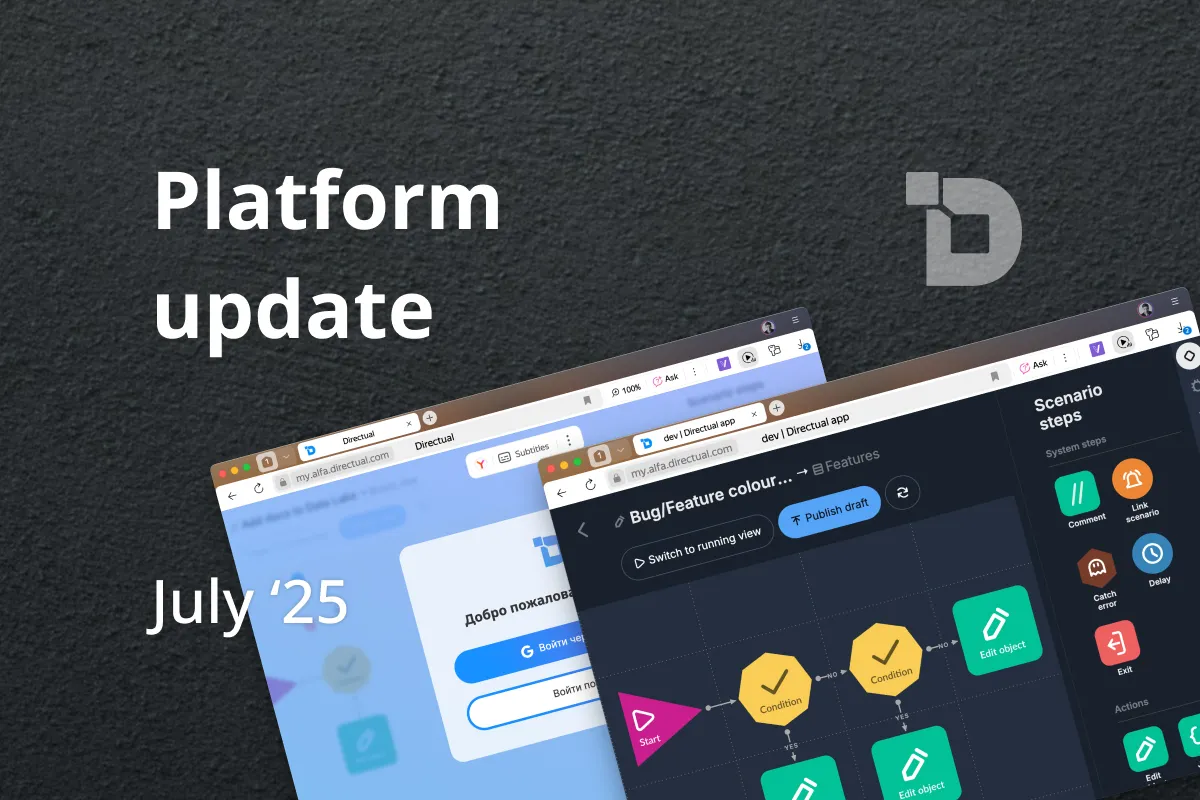The new wave of software development is driven by AI — not just as a helper, but as a co-creator. More and more apps are built through AI-generated code rather than by human engineers. It’s fast and inspiring, but it also introduces new risks: fragile architecture, security gaps, and deep dependency on external services.
What Is Vibe-coding and Why It’s So Popular
Vibe-coding is a new development philosophy. Instead of building systems — you flow. Instead of configuring APIs — you generate them. Instead of spending a week coding — you build it in one evening with an AI copilot.
The idea is to remove friction and make software creation feel intuitive. The AI suggests, completes, and corrects — and the result appears almost instantly.
But there’s a catch: when architecture emerges spontaneously, control over the system fades. The app might work — but why it works that way isn’t always clear, even to its author.
Lovable Example: Speed vs Structure
Lovable has become one of the poster children of vibe-coding. It’s tightly integrated with Supabase, a powerful backend platform built on PostgreSQL. The combo allows creators to launch projects incredibly fast — sometimes within a day.
But where everything is generated automatically, it’s hard to maintain architectural integrity. Common issues include:
- Projects without a solid data model, leading to scaling and security problems.
- Supabase’s security is strong — but only if configured properly, which can be tricky for newcomers.
- Many architectural choices are made “on the fly”, and those shortcuts often come back to bite during scaling.
That said, Lovable serves its purpose perfectly — as a rapid prototyping tool. For demos, proof-of-concepts, and creative experiments, it’s a great match.
Low-coding: Building for Stability
If vibe-coding is about speed, low-coding is about stability. Platforms like Directual focus on combining visual speed with full control over architecture, logic, and scalability.
Low-code development allows you to design visually without losing clarity.
- You can see how data, APIs, and interfaces connect.
- Access rules and roles are managed at the API level — offering flexibility and built-in security.
- Encryption, audit trails, and integrations are supported out of the box, making it suitable for enterprise-grade systems.
It’s less “magical” than vibe-coding — but much more predictable and resilient.
Drawing the Line
| Feature |
Vibe-coding (Lovable + Supabase) |
Low-coding (Directual) |
| Approach |
Generation and flow |
Architecture and control |
| Startup speed |
Maximum |
High but intentional |
| Security |
Depends on Supabase configuration |
Built-in, role-based API control |
| Scalability |
Limited by Supabase schema |
Flexible and predictable |
| Use case |
Prototypes, MVPs, idea testing |
Full-scale products, business systems |
In Short
Vibe-coding and low-coding aren’t rivals — they’re different stages of product evolution.
You start with flow and inspiration, but as your product grows — architecture, logic, and safety become essential.
Low-code platforms bring structure to that chaos, keeping what’s great about no-code freedom while adding the discipline of software engineering.
💡 The balance is simple: vibe-coding fuels creativity, low-coding builds sustainability. One helps you start — the other keeps you alive.
🔜 Spoiler: soon, we’ll unveil a major update that blends the best of both worlds — the creative flow of vibe-coding with the precision and security of low-code. A new assistant is coming to help you build intuitively, without sacrificing architecture or control.
















































